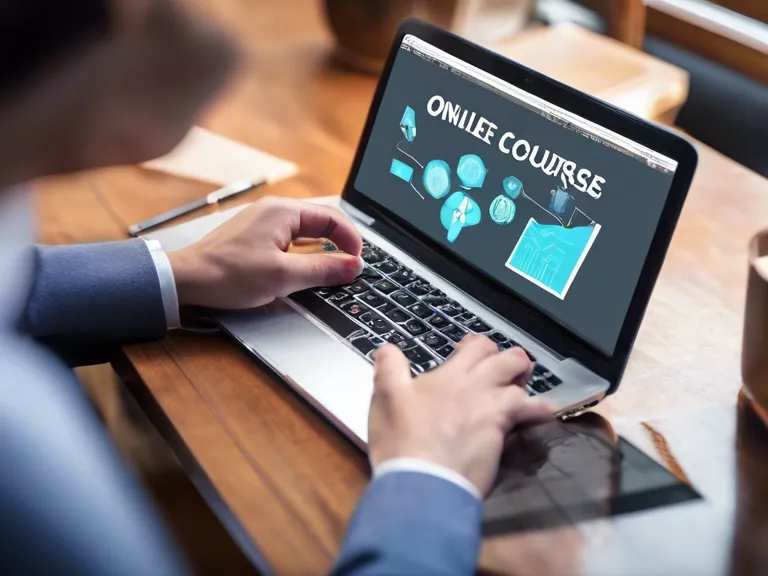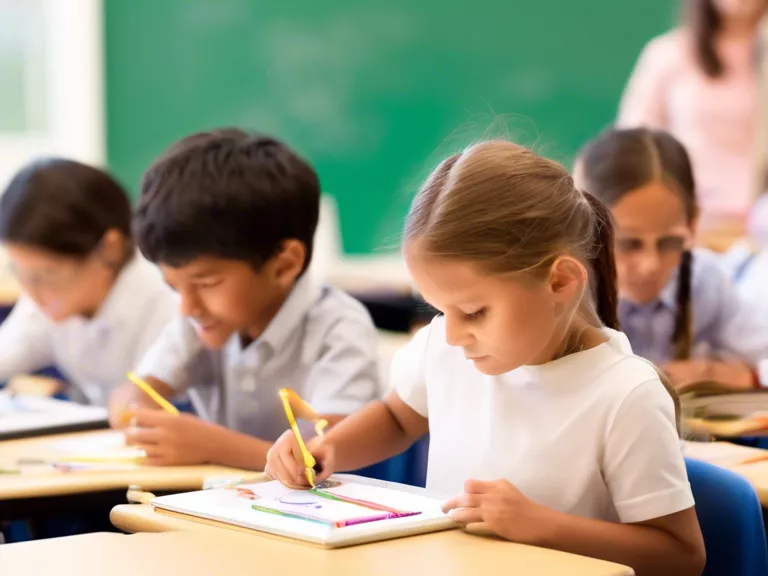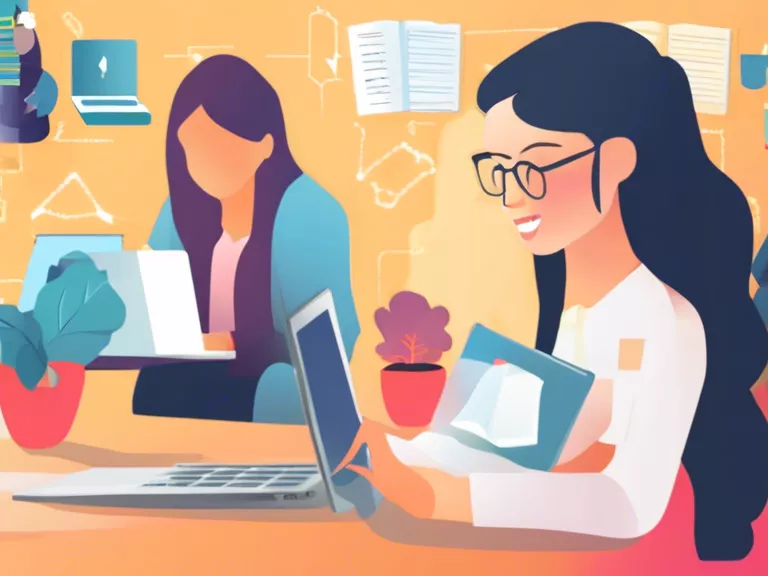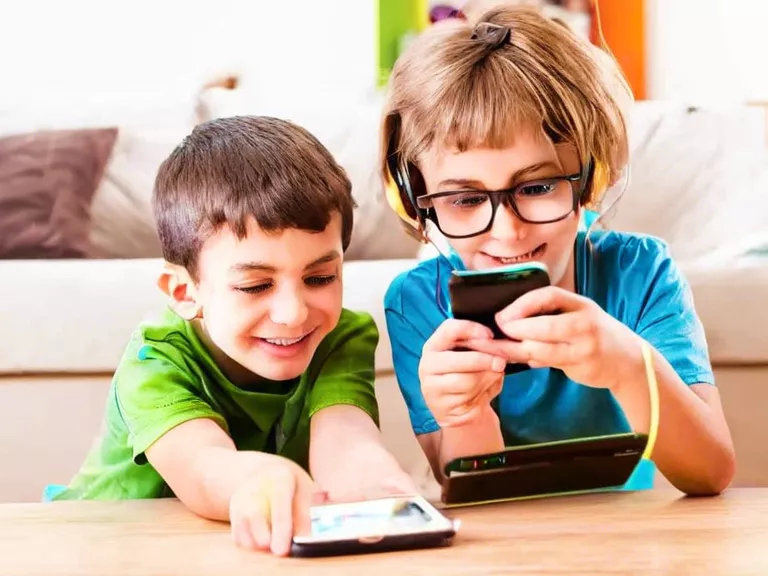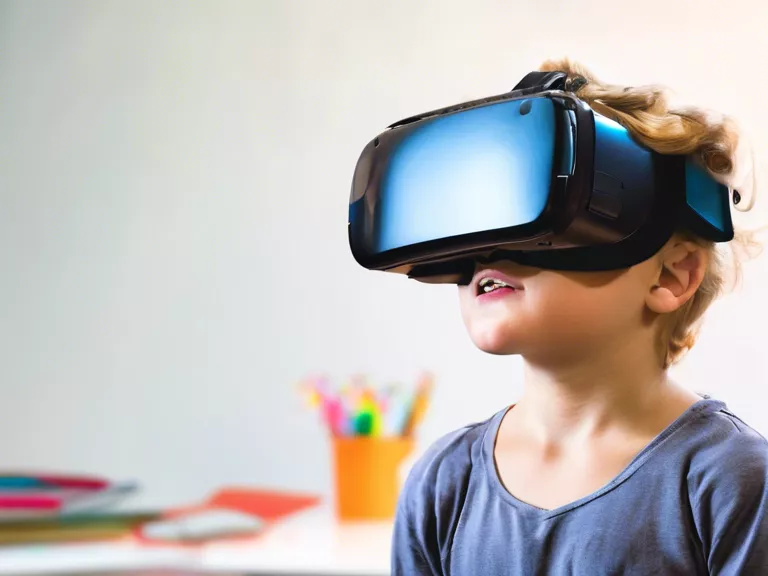
Virtual reality (VR) technology is revolutionizing the education sector by offering immersive and interactive learning experiences. From virtual field trips to anatomy simulations, educators are leveraging VR to enhance engagement and comprehension among students. This article explores how virtual reality is changing the future of education.
One of the key benefits of VR in education is its ability to transport students to different locations and time periods through virtual field trips. Instead of just reading about historical events or scientific concepts in a textbook, students can now experience them firsthand in a virtual environment. This immersive experience helps to bring learning to life and makes it more engaging and memorable.
Another way VR is transforming education is through simulations. For example, medical students can practice surgical procedures in a realistic virtual environment before ever stepping into an operating room. This hands-on experience allows students to learn by doing, which can help improve their skills and confidence.
Furthermore, VR can be used to personalize learning experiences for students. By creating customized virtual lessons based on individual learning styles and preferences, educators can cater to the needs of each student and help them reach their full potential. This personalized approach to education can lead to better outcomes and increased student success.
Overall, virtual reality is changing the future of education by offering innovative and engaging learning experiences for students. As technology continues to advance, the possibilities for using VR in education are limitless. From virtual classrooms to interactive simulations, VR is reshaping the way students learn and educators teach.
